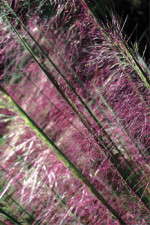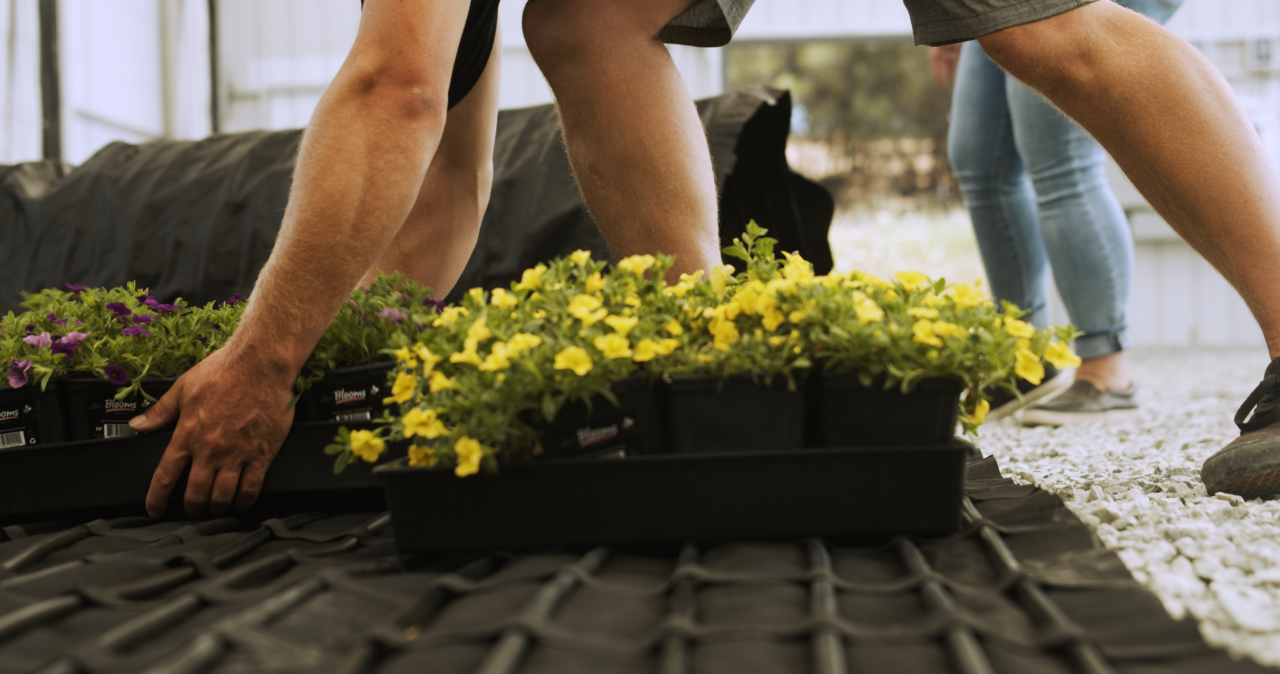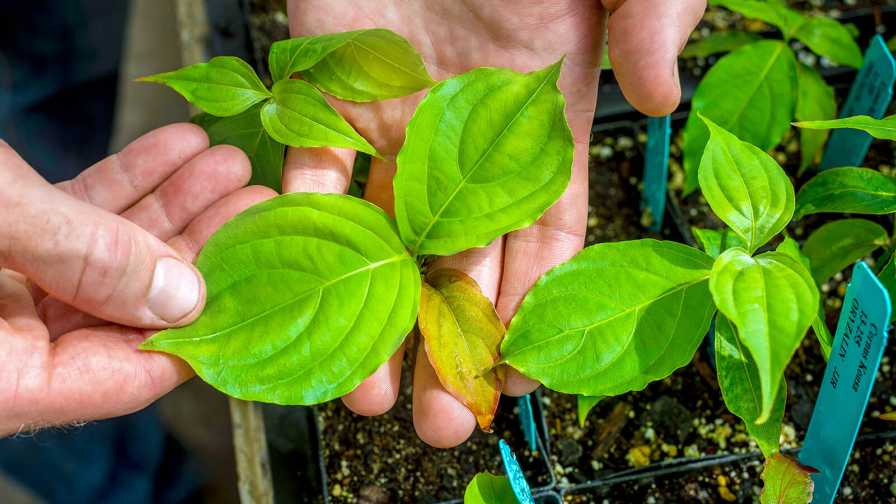A New Niche: Grasses

As businesses and consumers go green, North American native grasses have leapt into the spotlight. Prized for their natural beauty and versatility, they offer the added environmental bonus of attracting birds, butterflies and other beneficial wildlife. To meet this growing demand for environmentally friendly choices that still make an impact, one supplier has answered the call with easy-growing options every grower will love.
Known for its broad range of perennial starters and specialty plants, Emerald Coast Growers has made a name for itself in grasses, holding the distinction as one of North America’s largest ornamental grass liner suppliers. Now, Emerald Coast has developed Native Wonders, a full range of North American natives that takes full advantage of the grasses’ striking habits yet also provides the versatility to perform for many different uses.
“This trend toward preserving nature and the environment is something we’ve been following closely,” says Cheri Markowitz, sales manager for Emerald Coast. “We chose our North American native grasses with that in mind, selecting easy-to-grow plants with vibrant fall color and interesting habits in a variety of sizes.”
These native grasses’ greater environmental purpose has people across the country clamoring for them as they restore ground to its natural state. It’s something Dan Evins, CEO of Cracker Barrel Old Country Store, knows about firsthand. He’s reclaimed hundreds of acres of his own farmland using native grasses.
“By carefully choosing varieties according to the preferred habitats of the many wildlife species on his land, Dan Evins has created a refuge for butterflies and other beneficial insects,” Markowitz says. “He and other homeowners have found grasses are great for inviting creatures like birds and butterflies to nest and feed.”
In fact, many landscape architects and consumers are using native grasses on a much smaller scale to create habitats within designs or to complement new or exotic plantings.
“Growers, landscapers and consumers like native grasses for their ability to adapt to settings from containers to border plantings to mini meadows,” Markowitz says. “Their unique habits even make them excellent as specimen or accent plants.”
Understanding this need for versatility, Emerald Coast has hand selected a broad range of North American native grasses to help growers maximize their grass programs’ impact. Their offering includes a range of sizes, colors, shapes and textures to suit any market.
Here are a few of Emerald Coast’s Native Wonders grasses to consider:
Andropogon virginicus (Broomsedge)
Silvery-white hairs surround flowers tucked inside leaves. Broomsedge’s leaf blades are green until late summer, when this very coarse plant turns to red, purple and finally a striking bronze-orange throughout winter. It grows up to 4 feet tall in large clumps with a very upright habit and is excellent for natural areas and meadow gardens. While leafier than other grasses, it is not a good livestock forage grass. Broomsedge prefers full sun and is hardy to Zones 3 to 9.
Andropogon gerardii (Big Bluestem)
Big Bluestem’s fuzzy flowers radiate from the tops of 8-foot tall stems accented with leaves up to 20 inches long. It displays an incredible color range, from steel gray blue during summer to brown, red and purple for fall. Dominant on the tallgrass prairie, it is especially useful for forage. Big Bluestem prefers full sun and is hardy to Zones 3 to 9.
Bouteloua gracilis (Blue Grama Grass)
A small common, native variety, Blue Grama Grass grows only 15 to 18 inches tall. Found in many arid or grassy areas of the United States, it displays striking burgundy-red inflorescences uniquely, held horizontally from the stems. This perennial, warm season bunchgrass blooms in the summer and is dormant in the winter. It is especially suited for mass plantings, rock gardens or in the front of borders or containers to showcase its distinct habit. Blue Grama Grass is hardy to Zones 3 to 10.
Deschampsia cespitosa (Hair Grass)
Hair Grass’ dark green foliage has an interesting, very fine, hair-like texture. Delicate flower panicles rise several feet above the foliage. Growing up to 4 feet tall, it forms a neat, tufted clump. Hair Grass prefers full sun to shade and is hardy to Zones 4 to 9.
Chasmanthium latifolium (Wild Oats)
Delicate pink, oat-like spikelet flowers dangle from long stalks above rich, bamboo-like foliage. Similar in appearance to Sea Oats (a close relative), Wild Oats is well suited as a container plant, planted in masses or even as a formal accent. This species self-sows in planted areas. Wild Oats prefers full sun to shade and is hardy to Zones 5 to 9.
Panicum virgatum (Switch Grass)
A dominant warm-season prairie grass, Switch Grass grows up to 7 feet tall in huge, leafy clumps. Single pyramid-shaped flowers in a soft neutral color extend from the end of each branch. For fall, flowers turn yellow, lasting through winter and sheltering animals from snow. An added benefit: Switch Grass is virtually maintenance free and tolerates many soil types. It prefers full sun and is hardy to Zones 4 to 10.
Schizachyrium scoparium (Little Bluestem)
Found in 90 percent of the United States, Little Bluestem is likely the most common native grass. Smaller than Big Bluestem, it displays flowers all along its branches, which range in color from tan to brown to wine-red. Its delicate, fine-textured stalks form large clumps. With its wide tolerance of soil conditions, Little Bluestem is ideal for managed meadows. It prefers full sun and is hardy to Zones 3b to 10.
Muhlenbergia capillaris (Pink Muhly Grass)
Native to the Eastern United States and Mexico, Pink Muhly Grass’ delicate texture gives it the versatility to impact virtually any location. Showy medium pink seed panicles float above fine, glossy dark green foliage like soft clouds. This clump forming native grass grows up to 3 feet tall. Pink Muhly Grass prefers sun to partial sun and is hardy to Zones 6 to 10.
For containers or mini meadows, as part of landscape or as specimen plants, North American native grasses like Native Wonders offer the consumer-appealing combination of environmental friendliness and natural beauty, the perfect addition to any grass program.









